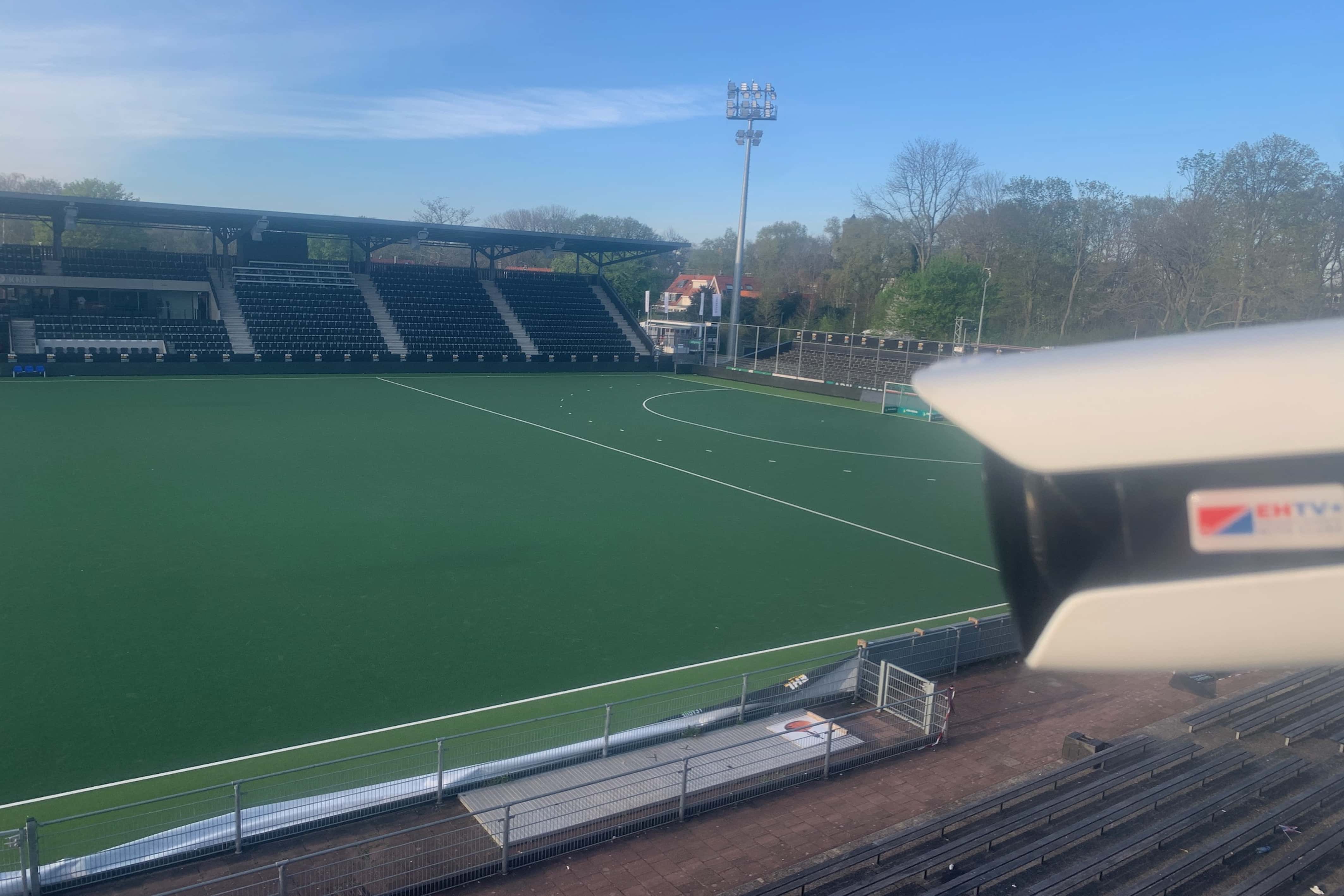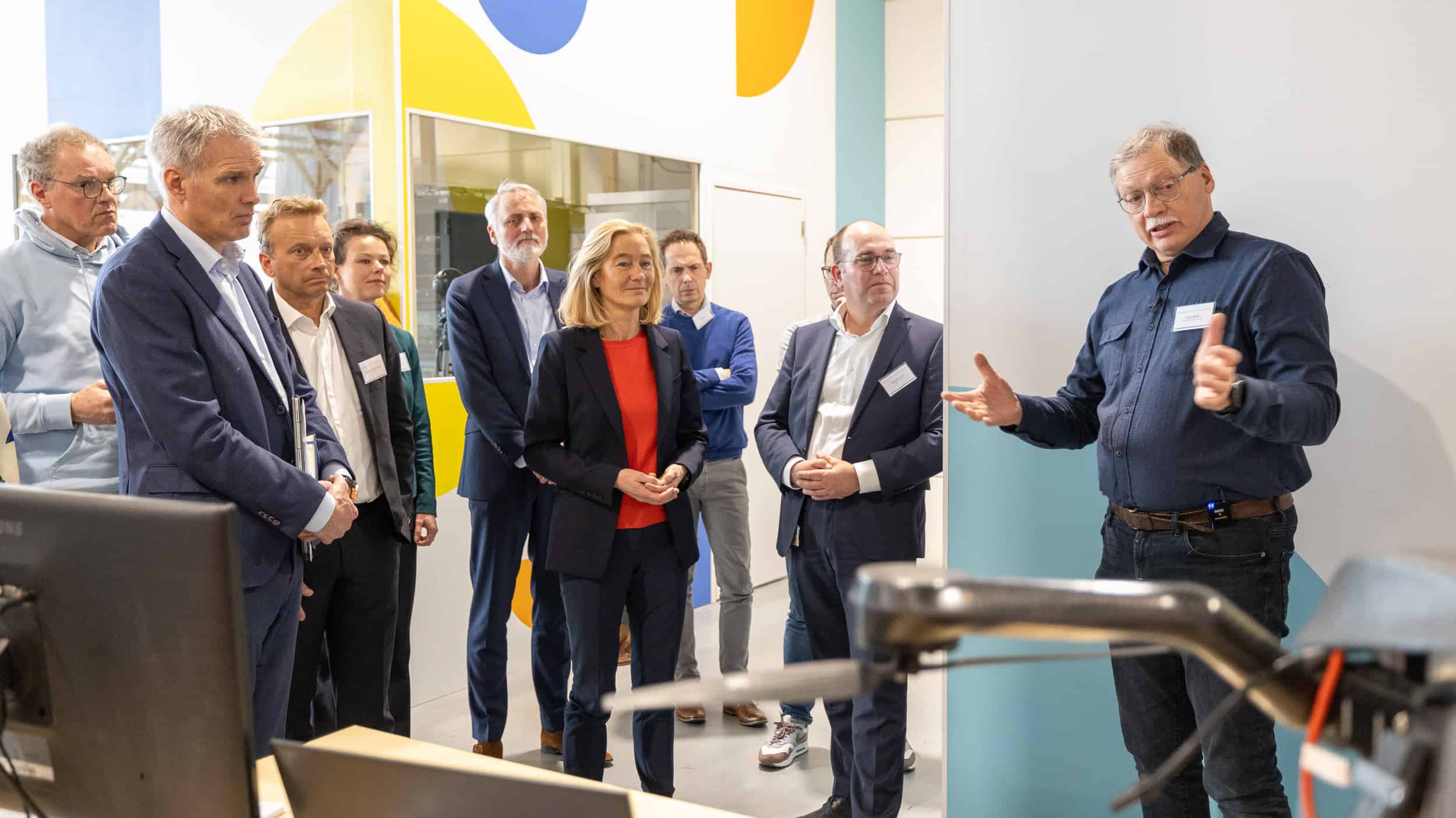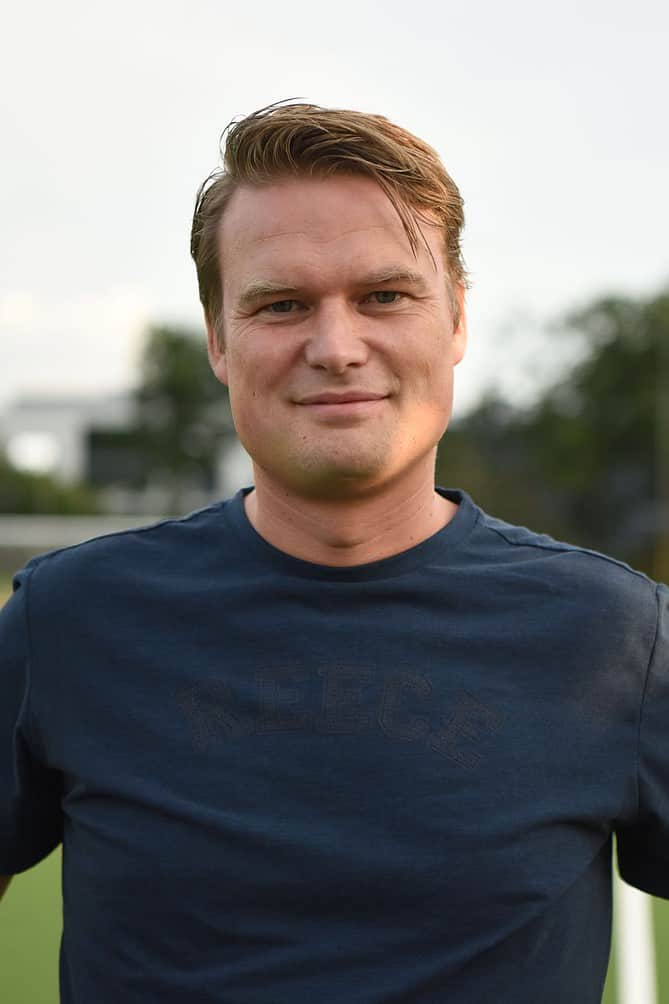
A small ball with super-fast changes of position and feints that are hard to follow, even for connoisseurs. Field hockey may be a lot of fun for those who play it, but as a TV sport, it remains a struggle. Until now, only a lot of cameras, manpower, and understanding of the game have made it possible to bring it into focus. And for the clubs themselves, it is still a huge struggle.
Why is this important?
EHTV+ shows some possibilities that will arise once 5G is fully rolled out. Fast connections without latency will make all kinds of new applications possible. One example is getting a good picture of a superfast sport like field hockey.
The challenges for new media players on the edges of the field hockey field are huge, but that did not deter Bart van den Acker and his team at EHTV+. Van den Acker has been active in the sports industry for more than 20 years, the last few of which, as a partner of Eurohockey, he initiated EHTV+. He is also active as a video and data analyst for the field hockey club Oranje-Rood in Eindhoven and the KNHB. He brings all that knowledge, experience and network with him to EHTV+.


EHTV+ is an initiative of Scorrd and Eurohockey, the European Hockey Federation. Scorrd is a community platform for field hockey fans. Eurohockey organizes over 50 different international field hockey tournaments per year across Europe: indoor and outdoor, for national teams, for club teams, for men and women, at different levels, and for different age categories. In 2020, both started a project plan to use a fully automated camera system to give field hockey more and better coverage.
It took years of development, but now there is a system in place that uses sensors near the field to detect exactly where the ball (and thus the game to be imaged) is and link that to the desired movements of the cameras around the field. “That together leads to a product suitable both for internal use – think game analysis for team and player development – and external, to allow a wide audience to enjoy a field hockey game via streaming or broadcasting.”
Clubs as owners of the content
In doing so, Van den Acker emphasizes that it is not the intention that he himself will develop that new TV channel. “No, we want to allow clubs or leagues to get started with this. They become content owners and can therefore link a revenue model to it themselves.”
The first tests with the system were conducted in the Wagenerstadion in Amstelveen, where traditionally the big international tournaments take place and where the Dutch national team experienced many moments of glory. That worked out well, says the initiator. “Through optical detection, we can follow both the ball and the players on the playing field to control cameras in real-time via the algorithm we developed to read the game. Given the speed and dynamics of the sport, we can use very minimal latency in this. During the European Championship in 2022, we were able to set up a pilot project together with the 5G Hub in which, using a ‘slice’ in the network assigned to us, we were able to successfully present our system without a fixed network connection to the field hockey world.”
Meanwhile, Van den Acker is ready for a second pilot, in which the technology has been further developed. This test is also being conducted with the 5G Hub on the High Tech Campus in Eindhoven. Eventually, this could lead to a product that will be marketed internationally, the founder expects. “In the first place, we are knocking on the doors of field hockey clubs and associations, but of course, we are also looking at other sports. After all, many more athletes deserve to be portrayed in a good and accessible way.”






